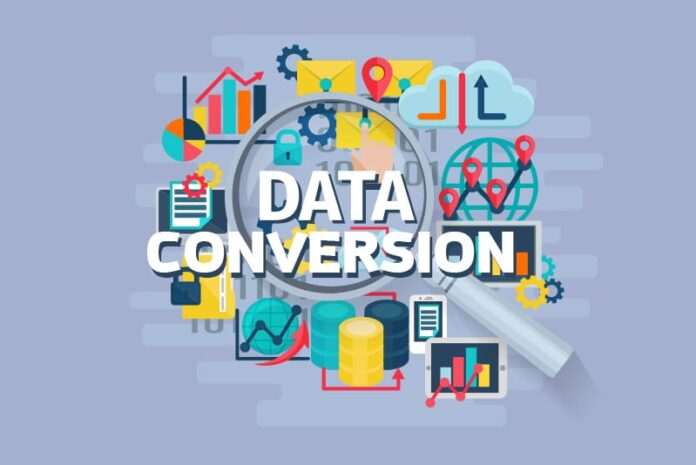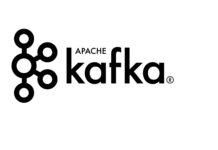In a data conversion project, tracking specific metrics is crucial to measure the project’s success, ensure data integrity, and manage risks. Here are the must-have metrics grouped by their importance across phases of the project:
1. Data Quality Metrics
These metrics ensure the converted data meets quality standards and is fit for purpose.
- Data Accuracy:
Percentage of records correctly converted or matched to the source data.
Formula: ( {Accuracy} = {{Correctly Converted Records}}/{{Total Records Converted}} X100 ) - Data Completeness:
Percentage of required fields or data elements populated post-conversion.
Formula: ( {Completeness} = {{Populated Data Fields}}/{{Total Required Fields}} X100 ) - Data Consistency:
Number of inconsistencies detected in converted data (e.g., mismatched formats, duplications). - Error Rate:
Percentage of records with errors in the converted dataset.
Formula: ( {Error Rate} = {{Erroneous Records}}/{{Total Records Converted}} X 100 ) - Duplicate Rate:
Percentage of duplicate records detected in the converted data.
2. Performance Metrics
These metrics monitor the efficiency of the conversion process.
- Data Conversion Speed:
Volume of data converted per hour or per run.
Formula : ({Speed} = {{Records Processed}}/{{Processing Time (hours)}} ) - Downtime:
Total system downtime during the data conversion process. - Error Resolution Time:
Average time taken to resolve identified conversion errors. - Resource Utilization:
CPU, memory, and disk usage during the data conversion process to ensure system stability.
3. Validation Metrics
Metrics that ensure data validation processes are robust and complete.
- Validation Rate:
Percentage of converted data that successfully passes validation rules.
Formula: ( {Validation Rate} = {{Validated Records}}/{{Total Records Converted}} X 100 ) - Reconciliation Rate:
Percentage of records successfully reconciled between source and target systems.
4. Business Metrics
These metrics align the conversion with business objectives.
- Business Impact:
Number of business operations impacted by errors or delays during conversion. - Compliance Adherence:
Percentage of data conversion activities aligned with regulatory requirements (e.g., GDPR, HIPAA). - Stakeholder Satisfaction:
Feedback score from business users or stakeholders post-conversion.
5. Risk Metrics
Metrics to assess and mitigate risks.
- Rollback Rate:
Percentage of failed conversion attempts that required rolling back to the source data. - Issue Severity Distribution:
Breakdown of detected issues by severity (e.g., Critical, High, Medium, Low). - Data Loss Rate:
Percentage of data lost during the conversion process.
Formula: ( {Data Loss Rate} = {{Lost Records}}/{{Total Source Records}} X 100 )
6. Progress Metrics
Metrics to monitor and communicate progress.
- Conversion Coverage:
Percentage of the total data scope converted at a given point in time.
Formula: ( {Coverage} = {{Records Converted So Far}}/{{Total Records in Scope}} X 100 ) - Milestone Completion Rate:
Percentage of project milestones completed on time.
7. Financial Metrics
Metrics to track budget and cost efficiency.
- Cost per Record:
Average cost of converting a single record.
Formula: ( {Cost per Record} = {{Total Conversion Costs}}/{{Total Records Converted}} ) - Budget Adherence:
Percentage of the project budget used versus planned.
Conclusion
Failure to define and track real-time metrics will lead to miscommunication, misaligned expectations, and inadequate project planning. Below are the primary root causes for a case study:
Misaligned Timelines and Priorities:
- The client repeatedly emphasized the importance of the go-live date (November 20), but the Engineering team didn’t prioritize the 2024 delta galleries migration as critical for the launch.
- There was a mismatch between the Client’s expectation of deliverables (galleries loaded before go-live) and the Engineering’s understanding of the migration process constraints (blue-green deployment and sprint cycles).
Last-Minute Information Sharing:
- The updated delta gallery file, critical for migration, was only shared on November 19. The delay compounded the timeline pressure.
- Lack of proactive updates on progress or potential roadblocks added to Client frustration.
Ineffective Communication and Coordination:
- In the days leading up to the launch, despite the Client’s requests for regular updates, there was no daily communication.
- The Client felt ignored (e.g., no responses to WhatsApp messages) and perceived the Engineering as unresponsive and unprepared.
Scope Creep by Lack of Clarity:
- The fixed-cost model did not adequately account for last-minute changes or additional requirements, such as data reconciliation, deltas, and functional optimization, such as the carnival event list view.
- The Engineering repeatedly highlighted this limitation but did not effectively manage or renegotiate expectations.
Absence of a Comprehensive Go-Live Plan:
- The Client mentioned that no cut-over steps or a clear launch process were communicated. This created confusion and further eroded trust.
Tailoring these metrics to your project’s requirements will provide actionable insights to manage risks, improve quality, and achieve conversion success. Ensure metrics are tracked in real time using dashboards or reports for effective monitoring. Getting these metrics at the end of the conversion will cause delays in resolving the insights.









